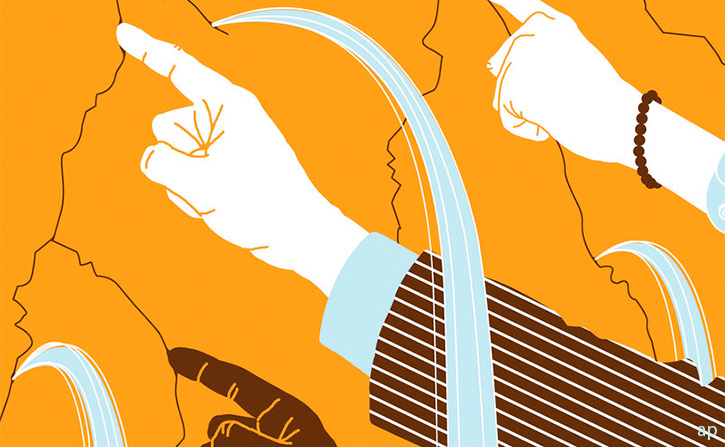
Supporters of actively managed equity funds argue that when stock markets start to sell off, as they did in early February, then these funds really come into their own.
The theory goes that the stock indices must own everything whether it's poor quality, overvalued, or otherwise. That works when stocks are rising. But it's trouble when markets are down and investors lose their nerve. It's then, they argue, that active management proves its mettle, by owning stocks outside the index, deviating from the index's weightings, and hoarding cash.
Active US stock funds have fared relatively well in the recent market correction. Nearly 60% of unique active US stock funds beat their indices during the late-January/early-February correction.
That represents a reprieve for active US funds, as on average, more than half of active US stock funds routinely failed to beat their indices during rolling 36-month periods from February 1998 to the end of January 2018. And the success rate has declined over time: only 28% of active US equity funds beat their benchmarks in the three years ended January 31, 2018.
Outperformance Not Sustained
But the US stock market has been on a rising trajectory for much of that time. If active funds perform better in down markets, as their defenders maintain, then success rates could improve once markets sell off. Does the evidence support the idea that active stock funds make hay during downturns? And what that might mean for investors considering active funds as a long-term investment?
Morningstar analysts found that US stock funds that beat their benchmarks in a down period did so by a far wider margin than those that beat in an up period. In other words, success was more frequent and the payoff larger in down markets than up markets, on average.
But there's a catch: there were far more up periods than down periods during the 20-year span we examined. And when active funds succeeded, they tended not to sustain their outperformance. Only about a third of successful funds went on to outperform in the next 36-month period.
Defenders of active US equity funds have been right to say that these funds hold up better during down markets than their indices. But this outperformance hasn't translated to long-term success, as up markets have greatly outnumbered down markets and success has proved fleeting.
As market conditions evolve, we're likely to see active US stock funds beat their benchmarks in greater numbers. While that will provide sustenance to those who defend active funds, it doesn't make the case for them outright. After all, markets tend to rise, not fall, in longer periods. Moreover, funds usually aren't able to sustain their outperformance for a variety of reasons.




























